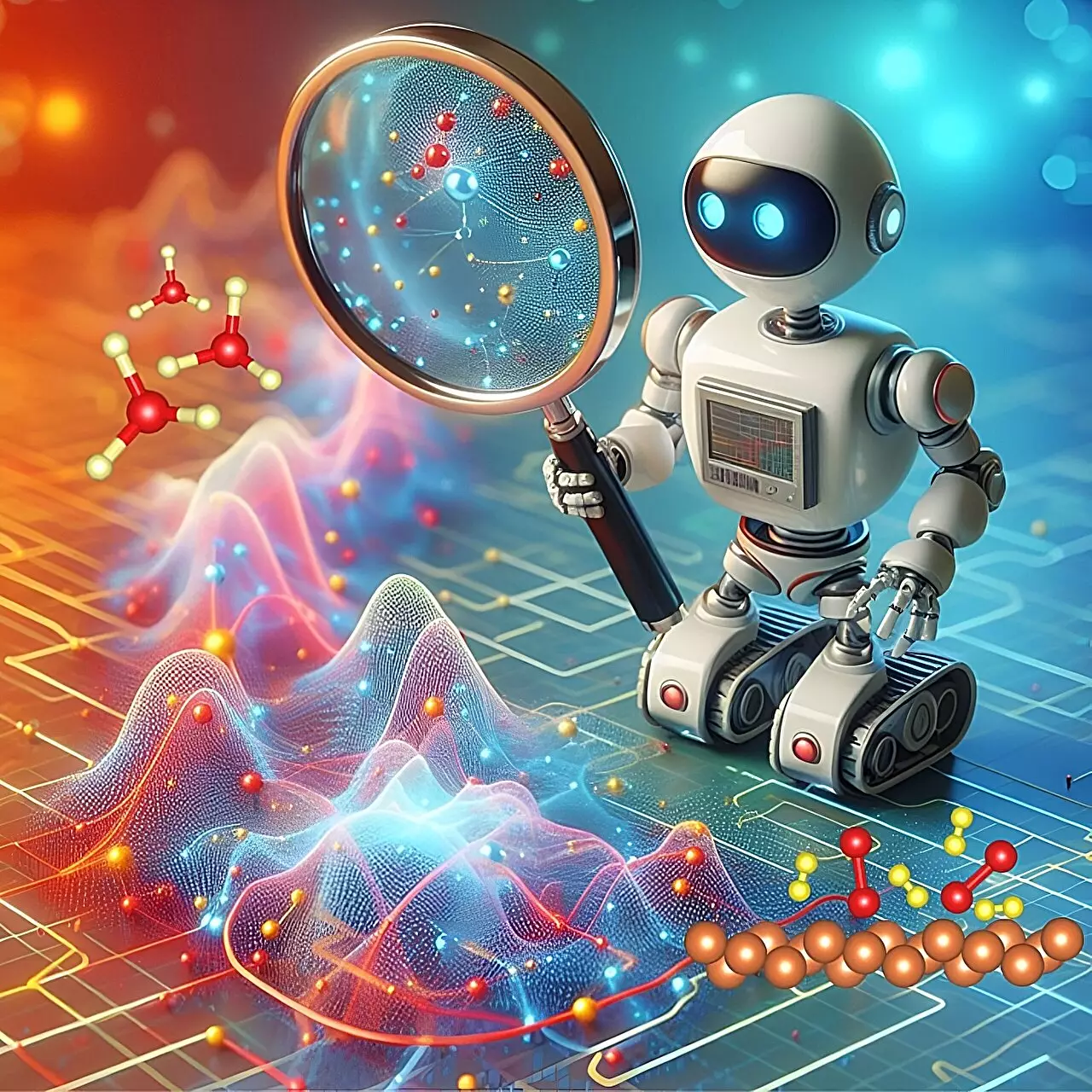Ammonia, a compound essential for the agricultural sector, particularly in nitrogen-based fertilizers, has seen industrial production techniques evolve over the last century. Despite significant advancements, researchers have grappled with inefficiencies and low yields inherent in traditional ammonia synthesis methods. The conventional process, largely centered around the Haber-Bosch method, requires atmospheric nitrogen and hydrogen to combine—facilitated by iron catalysts—yielding about 160 million tons of ammonia annually. Although this figure underscores ammonia’s critical role in various industries, including food preservation and household cleaning, the quest for refining this production process persists.
Recent developments in artificial intelligence signal a transformative shift in understanding and optimizing this complex chemical synthesis. A research team, led by Qi An at Iowa State University, has pioneered an innovative approach using artificial intelligence to streamline and enhance ammonia production techniques. Their framework, known as HDRL-FP (High-Throughput Deep Reinforcement Learning with First Principles), introduces a sophisticated machine learning model to unravel intricate chemical reactions in a more efficient manner.
The HDRL-FP framework is not just a theoretical construct; it positions itself as a significant catalyst for reducing production costs and associated carbon dioxide emissions, thereby aligning industrial practices with environmental sustainability goals. As noted in their recent publication in *Nature Communications*, the team emphasizes the technique’s promise in predicting chemical reaction pathways—an essential factor in increasing the efficiency of catalytic processes.
Insights into Reinforcement Learning
At the heart of HDRL-FP lies the principle of reinforcement learning, a computational methodology that mimics the learning processes seen in animal training. In this context, computers are conditioned to seek the most efficient and cost-effective reaction pathways through simulated rewards, akin to a dog earning treats for desirable behavior. This innovative approach allows researchers to navigate through myriad potential reaction pathways swiftly, enabling the identification of the most effective mechanisms among chaotic and complex data.
The computational power associated with graphic processing units significantly boosts this learning process, facilitating rapid simulation and analysis. By leveraging this advanced technology, researchers can sift through thousands of possible paths, honing in on the optimal strategies for ammonia production.
Understanding the various pathways that chemical reactions can traverse is crucial in exploring and developing new catalysts. The HDRL-FP framework enables researchers not only to delineate these pathways but also involves mapping atom positions on an energy landscape—a fundamental component in identifying reaction mechanisms without necessitating exhaustive specific preconditions. This simplification marks a substantial milestone in catalytic reaction studies, as it empowers researchers to begin with broader variables enabling extensive exploration of potential reactions without the need for narrow initial parameters.
As the HDRL-FP framework progresses through its proof-of-concept phase focusing on ammonia synthesis, it illustrates the broader implications for the chemical industry. The research output, funded by the Iowa State University startup program, has the potential to reshape how researchers approach complex chemical problems across various sectors. With about two years of extensive collaboration and development behind it, the HDRL-FP highlights the burgeoning intersection of machine learning and chemical engineering.
The advent of artificial intelligence in ammonia production addresses pressing challenges in efficiency and cost, presenting a forward-looking perspective on sustainable industrial practices. As we stand on the brink of this revolutionary phase, the significant dialogue between machine learning technologies and chemical processes suggests a future where not only ammonia production is optimized, but entire industries may benefit from the enhanced understanding of chemical reactions. A forward-thinking approach like HDRL-FP provides a meaningful step towards addressing both economic and environmental demands in the chemical production landscape.


Leave a Reply